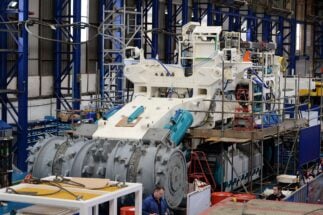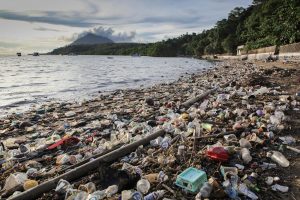Open defecation is a major issue in South Asia. Over 600 million people in the region do not have access to a toilet, according to UNICEF – over 60% of the global total. In 2015, a report by the United Nations found that more than half of the population in South Asia lacked access to ‘improved sanitation’, namely systems designed to dispose of human waste, such as latrines and piped sewer systems.
Since then, Nepal has made significant progress in this realm. Over 90% of Nepalis have access to toilets compared with 6% in 1990. In 2019 the country was declared free of open defecation, but critics argue this is only on paper.
While access to private toilets has increased, there is still much to be done about Nepal’s public toilets, which often run out of water.
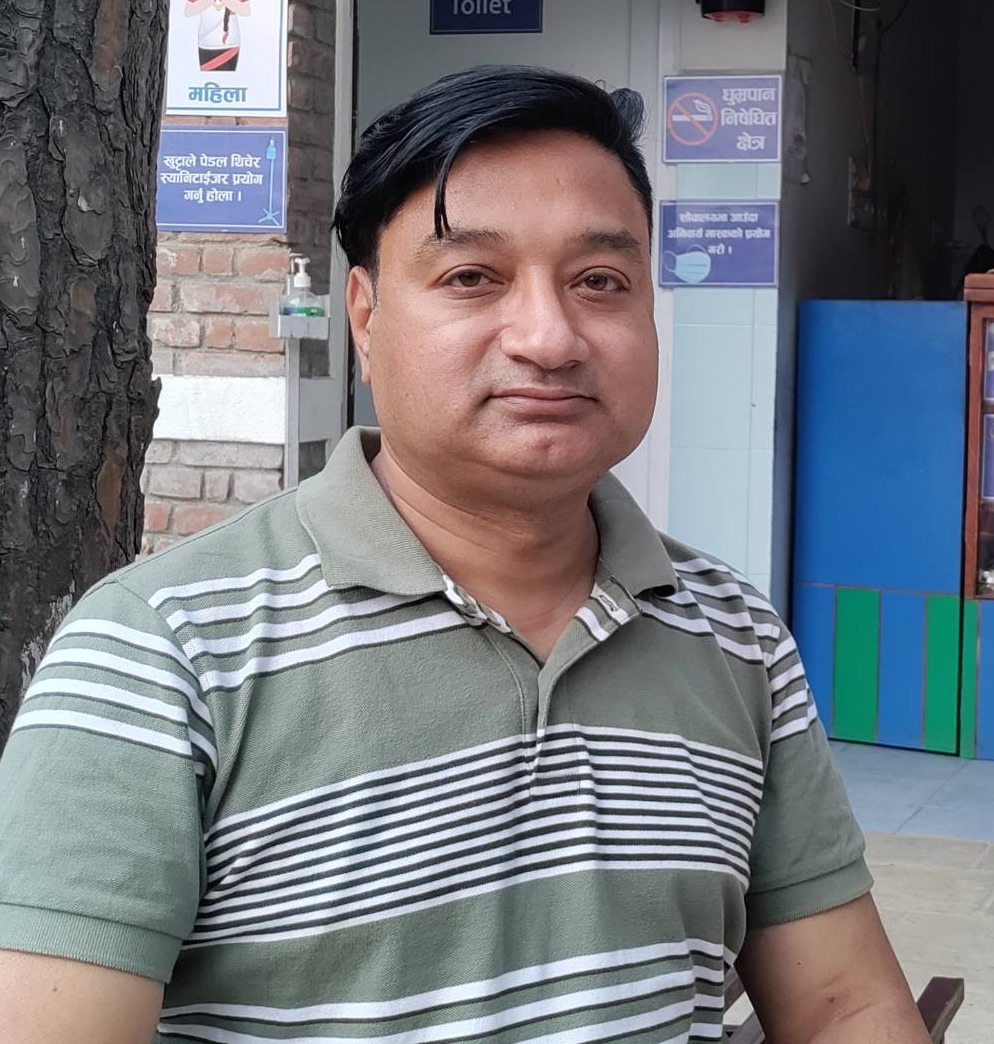
Despite numerous challenges, social entrepreneurs are working to solve this problem. Aerosan Toilets, a joint initiative of experts from Canada and Nepal to improve public toilets in Nepal, bagged a 2020 UN award for innovation towards the Sustainable Development Goals. The award was given for Aerosan HUB, four public toilets that were constructed and operated by the organisation in Kathmandu.
The Third Pole spoke with Prakash Amatya, Aerosan Toilets’s country representative for Nepal.
The UN competition reviewed over 1,000 applications. What made your public toilets stand out?
Our toilets focus on two things: women and water. We care about female users, but also about women as workers in toilets and providing them with an opportunity for ownership and respect. Most of Kathmandu’s toilet cleaners are women from the so-called low caste communities […] On the management side, our idea was to create a cooperative of female cleaners. Currently, 50 women are part of it, and 15 work full-time in the four toilets we operate in Kathmandu valley.
To ensure that their work is dignified, we made some technological interventions. They do not have to manually clean the toilet because flushing, taps and lights operate through sensors.

For the first time in Nepal, we have built a biodigester in a public toilet. The waste now produces gas that is used to power a cafe run by the toilet workers. We do not use chemical detergent to clean the toilets as that would kill the bacteria that convert slurry into gas. So there is not much manual cleaning for toilet workers. Extractor fans and ventilation helps to refresh the toilets. Sanitary pads can be bought from vending machines and used pads can be incinerated immediately.
In 2020 alone, one tonne of human fecal waste and 5,111 litres of urine was recycled from just one of four toilets. All wastewater is treated and recycled, although rainwater harvesting is the major source of water. I think these ideas helped us to win this award.
What are the main problems with Nepal’s public toilets?
Many say that the inadequate number of toilets is the biggest problem, but I would say this is only partly true. We certainly do not have enough toilets, but it is also true that we have failed to manage existing ones. Current policies consider public toilets as a business, both for private companies and the government. We found that management companies are paying up to USD 60,000 per toilet per year to the government to receive management permission. Government policy for procurement is tender-based: the highest bidder gets the deal. Often, companies bid high amounts and then after getting the space they rent it out for shops and restaurants instead of running a toilet, to make more profit.
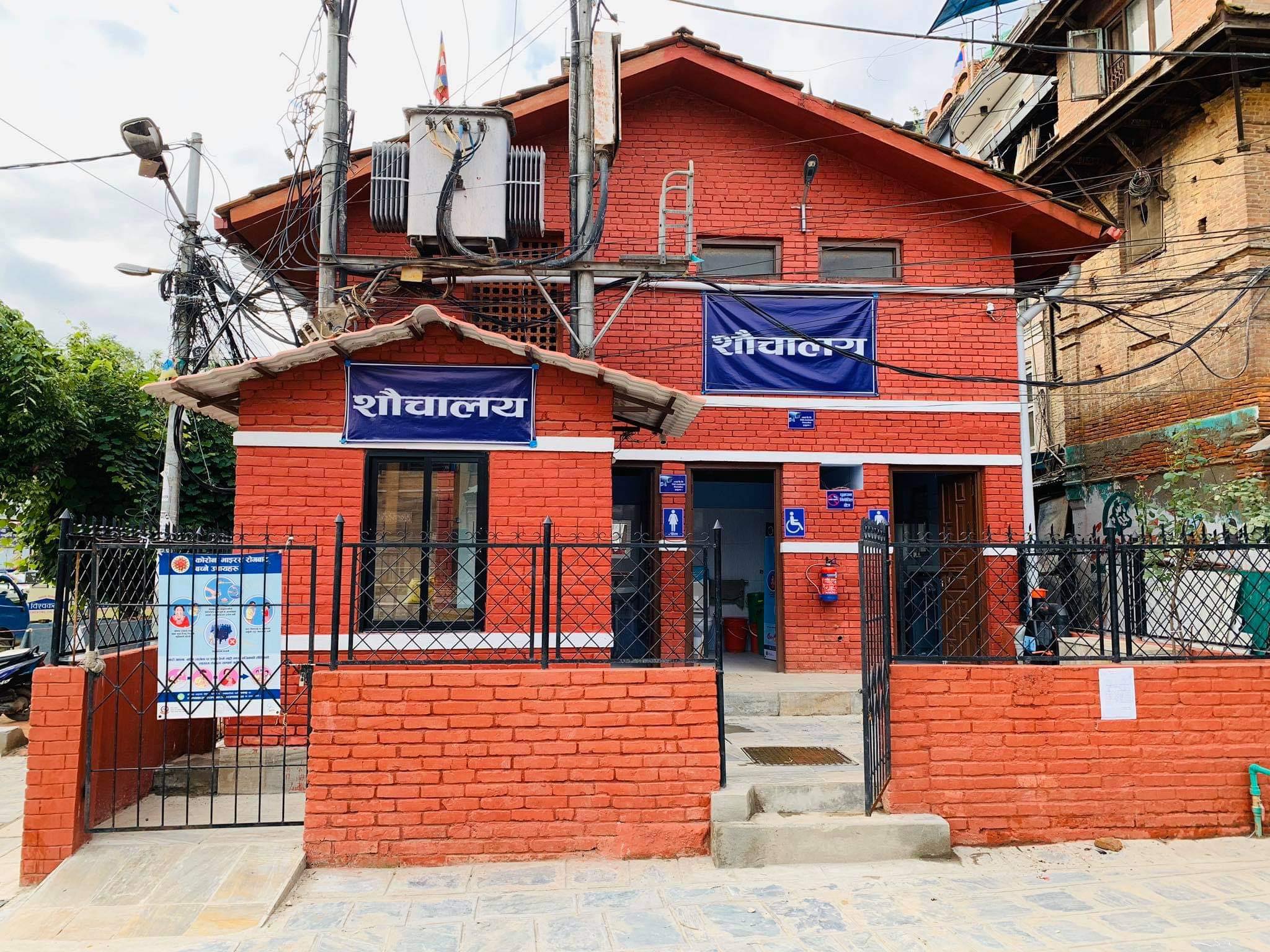
Secondly, we found that public toilets in Kathmandu spend a lot of money on water for cleaning. This is where they cut corners and use less water.
Another issue is that the designs are not women- or disabled people-friendly. A survey we did shows that for every three men there is only one female [public] toilet user in the city.
In the past, organisations have built toilets that have been criticised for not being maintained. How do you ensure that your business model is sustainable?
The problem with public toilets is not just design or funding. The real problem lies in their management. We were able to break the chain and asked the government to give us management authority, and in exchange we do not give money, but service to the people whom they promised to serve. [The government] provides land, we find funds to build toilets and community-led organisations to run them.
We have tried to reduce costs by installing systems like rainwater harvesting and wastewater treatment. These reduce the operation cost dramatically and are one-off investments. Traditionally, toilet operators have to buy water, which is costly because they need to transport it via tankers. That is where they compromise on cleanliness.
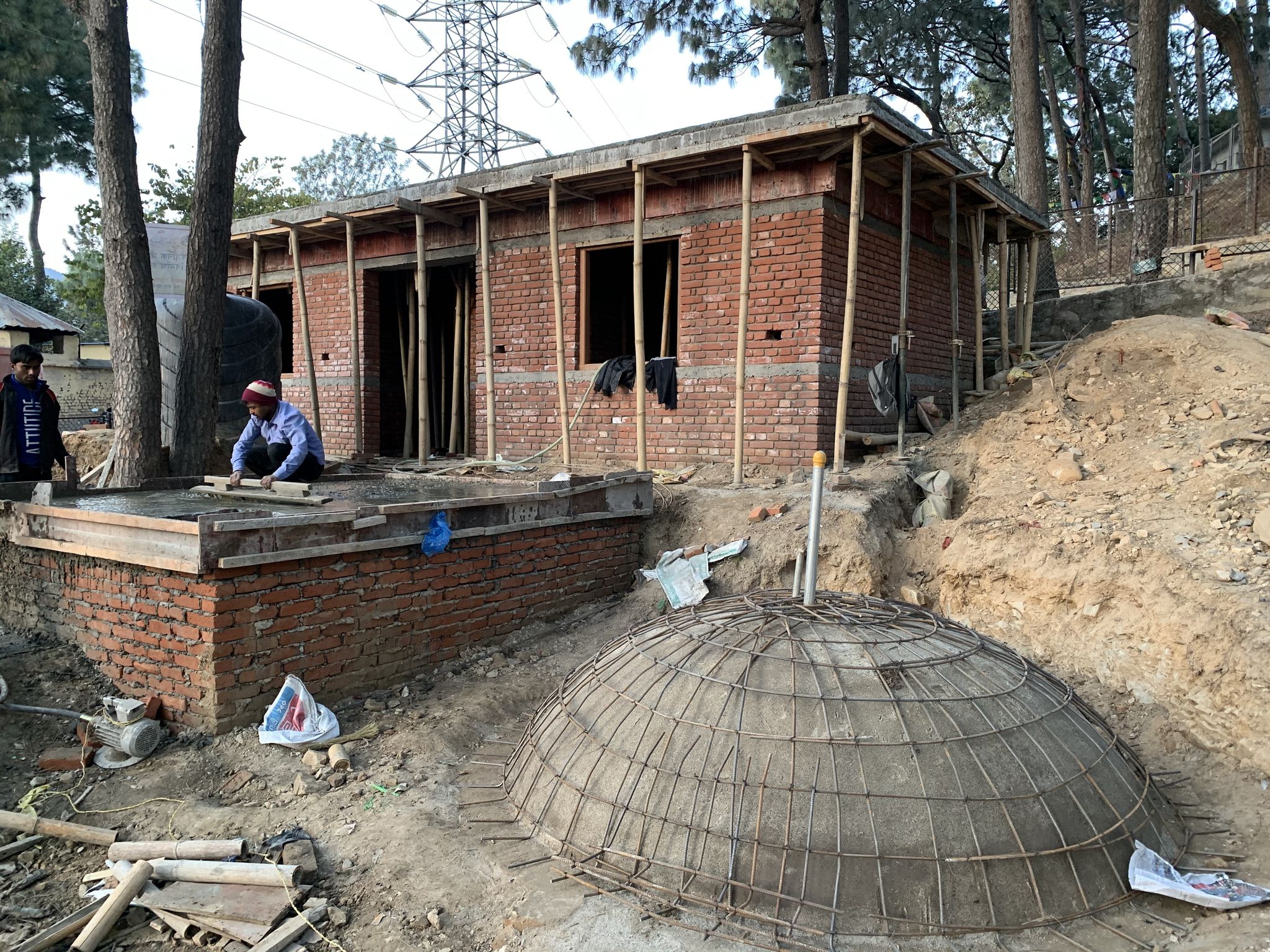
We charge 5 to 15 Nepalese rupees to each user, depending on where the toilet is. For example, one toilet has a large space where we serve tea prepared using biogas. But where there is no space for restaurant facilities, we just charge Rs 5.
All four toilets that we operate have generated enough income to pay for their maintenance and staff. Without pressure to generate income, we can focus on how to keep our toilets clean and make sure our clients get enough water to wash their hands.
What are the challenges to operating public toilets?
It took a couple of years to convince the cities’ administrations to provide us with land. Getting adequate space in crowded cities is tough, and even tougher is convincing authorities that toilets are important.
Toilets are a very political and complex subject in South Asia. Some politicians have started to realise that if they do something good for the public that will help their reputation. Many local leaders are contacting us now and some have even sent their engineers to understand how we constructed and manage these toilets. We will have more toilets in the future, but we must go for a clean option. A dirty toilet is as bad as no toilet.
How was your experience operating the toilets during the pandemic? Can they be installed in other public places like hospitals, government offices and community buildings?
All hospitals, government offices, schools and other community buildings do have cleaners, but why aren’t our toilets clean? The main reason is insufficient water. Our experience is that with smart technology you can make a big difference. You do not have to press a switch to turn on the light, there’s no need to touch the tap as it’s sensor-operated, and automated flushing does not require you to handle water jugs or press the flush. These interventions reduce the chance of disease transmission.
Hospitals can become a hotbed of disease if proper toilets are not considered a must. The pandemic is the right time to invest more in our public toilets as we now know firsthand how important hygiene is.
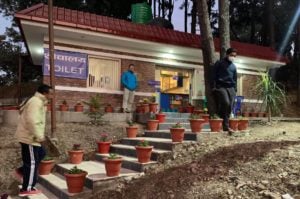



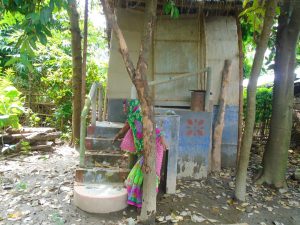
![Health workers distributing free sanitary pads to the women and girls in the Indian state of Tripura and explaining to them the necessary of using it, in a health camp. [image by: Abhisek Saha / SOPA Images / ZUMA Wire / Alamy Live News]](https://dialogue.earth/content/uploads/2021/02/Sanitary1-300x200.jpg)

